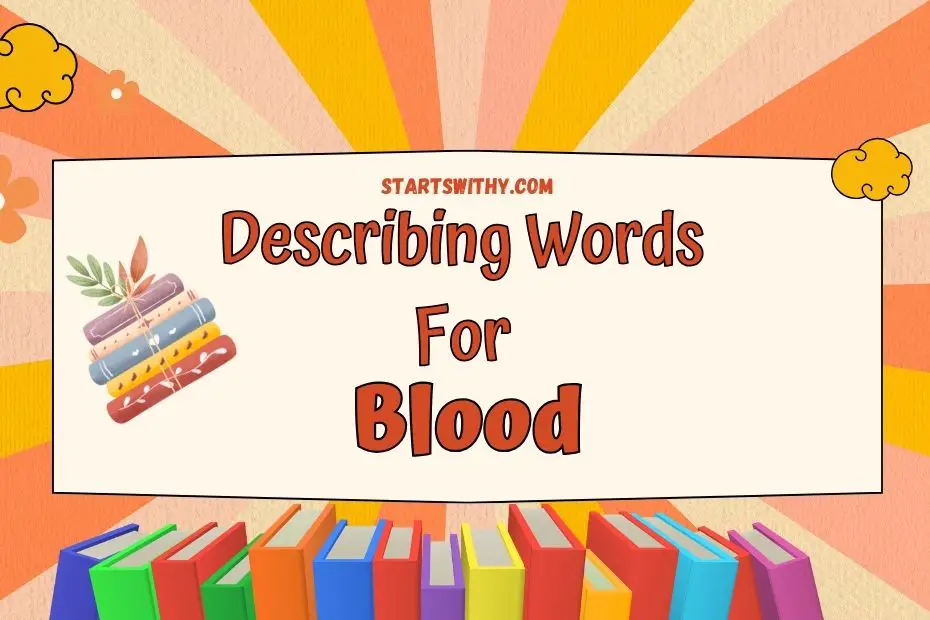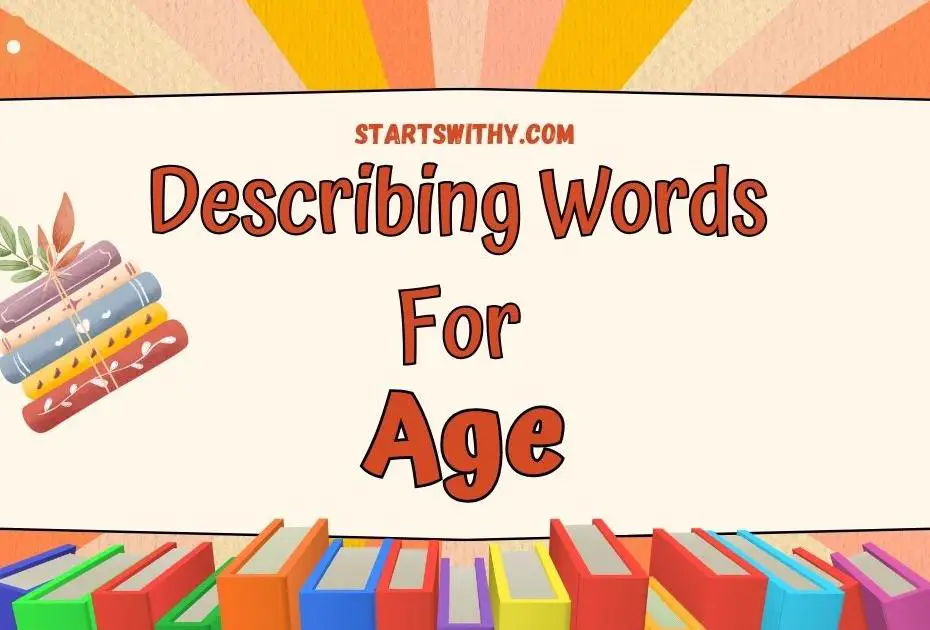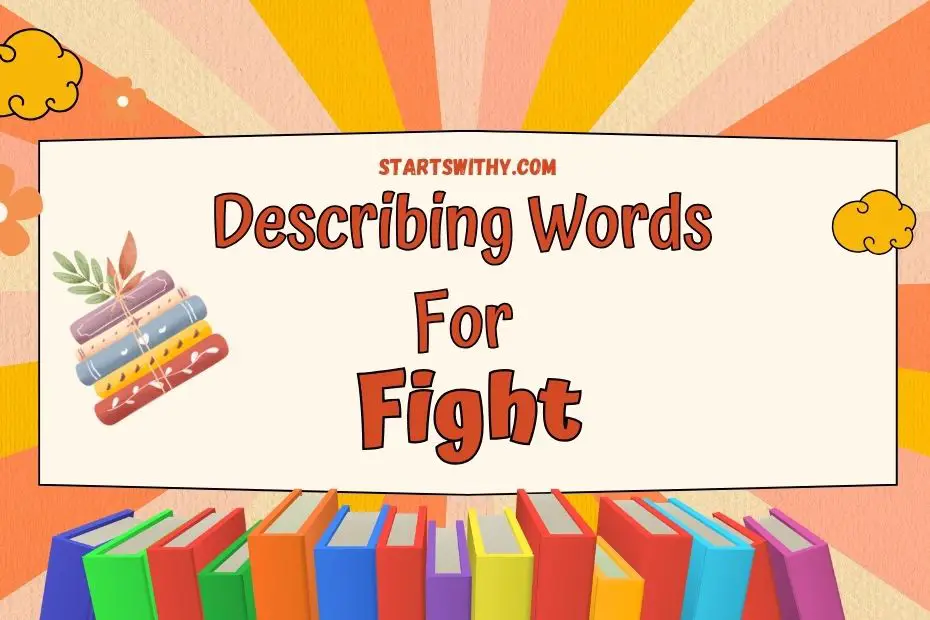When it comes to storytelling, the right adjectives can make all the difference. They have the power to paint vivid pictures in the minds of your readers, bringing your story to life. Whether you’re writing a novel, a short story, or even a blog post, using descriptive adjectives can elevate your writing and captivate your audience.
In this article, I’ll be sharing a list of adjectives that you can use to enhance your storytelling, along with examples of how they can be effectively employed. So, let’s dive in and discover the world of adjectives that can take your story from ordinary to extraordinary.
How to Describe story? – Different Scenarios
When it comes to storytelling, describing the story in a vivid and engaging manner is essential. Descriptive adjectives play a crucial role in bringing a story to life and captivating the readers’ imagination. Let’s dive into some different scenarios and explore various ways to describe a story effectively.

1. Describing Characters
When introducing characters in a story, it’s important to provide detailed descriptions that allow readers to visualize them. Here are a few examples of how you can describe characters using adjectives:
- The protagonist, brave and determined, embarked on a thrilling adventure.
- The antagonist, sinister and cunning, schemed behind the scenes.
- The sidekick, loyal and hilarious, provided comic relief throughout the story.
2. Setting the Scene
Creating a descriptive setting helps readers immerse themselves in the story’s world. Consider these examples of how you can describe the setting using adjectives:
- The dense forest was mysterious and enchanted, with towering trees and hidden creatures.
- The bustling city streets were filled with vibrant and multicultural characters.
- The abandoned mansion had an atmosphere that was both eerie and foreboding.
3. Conveying Emotions
Emotions are a crucial element of any story, and it’s important to describe them effectively. Here are some examples of how adjectives can be used to describe emotions:
- The protagonist felt overwhelmed and anxious as the stakes rose.
- The readers were left captivated and yearning for more at the end of each chapter.
- The heart-wrenching scenes evoked feelings of sorrow and empathy in the readers.
4. Depicting Action
Describing action scenes in a story is essential to engage the readers. Consider these examples of how adjectives can enhance the description of action:
- The battle was fierce and intense, with swords clashing and spells flying.
- The chase scene was fast-paced and thrilling, keeping readers on the edge of their seats.
- The protagonist’s determination was unyielding, as they fought against all odds.
Describing Words for story in English
When it comes to telling a captivating story, choosing the right words is essential. Descriptive adjectives bring your story to life, allowing readers to envision the characters, setting, emotions, and actions. In this section, I’ll share some examples of powerful describing words that you can use in your stories.
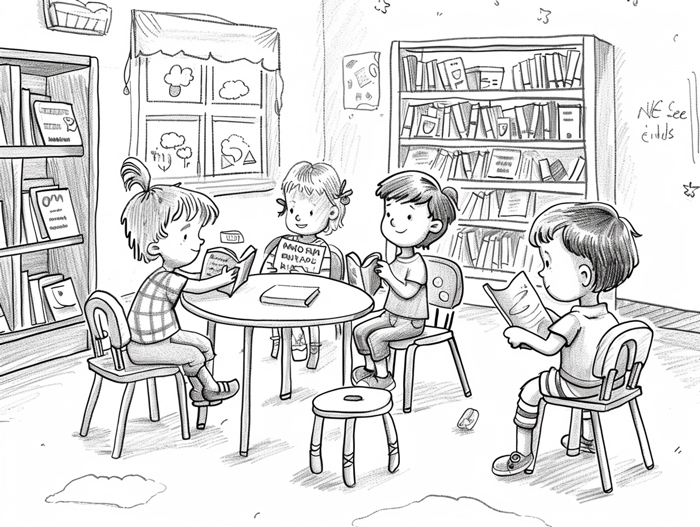
Describing Characters
- Brave: Characters who display courage and fearlessness.
- Mischievous: Characters who love to play pranks and get into trouble.
- Wise: Characters who possess knowledge and make wise decisions.
- Curious: Characters with a strong desire to explore and learn about the world.
- Timid: Characters who are shy and hesitant.
Setting the Scene
- Enchanting: Describing a magical, beautiful, and captivating location.
- Dreary: Portraying a scene that is dull, gloomy, and lacking in light.
- Bustling: Depicting a lively and busy environment.
- Serene: Creating a peaceful and calm atmosphere.
- Majestic: Describing a scene that is grand, impressive, and inspiring.
Conveying Emotions
- Ecstatic: Expressing extreme happiness and joy.
- Devastated: Describing profound sadness and despair.
- Anxious: Portraying a feeling of unease, worry, or nervousness.
- Content: Signifying a sense of satisfaction and happiness.
- Furious: Describing intense anger and rage.
- Sprint: Describing a fast and energetic running movement.
- Slither: Depicting a smooth and sinuous movement, like that of a snake.
- Leap: Showing a sudden and high jump in the air.
- Glide: Portraying a smooth and effortless movement through the air or water.
- Clutch: Describing a tight and firm grasp on something.
Adjectives for story
As a writer, one of the most powerful tools I have at my disposal is the use of descriptive adjectives. These words help me bring characters, settings, emotions, and actions to life in a story. By carefully selecting the right adjectives, I can engage readers’ imagination and make the story more captivating. Let’s explore some examples of positive and negative adjectives that can be used in storytelling.
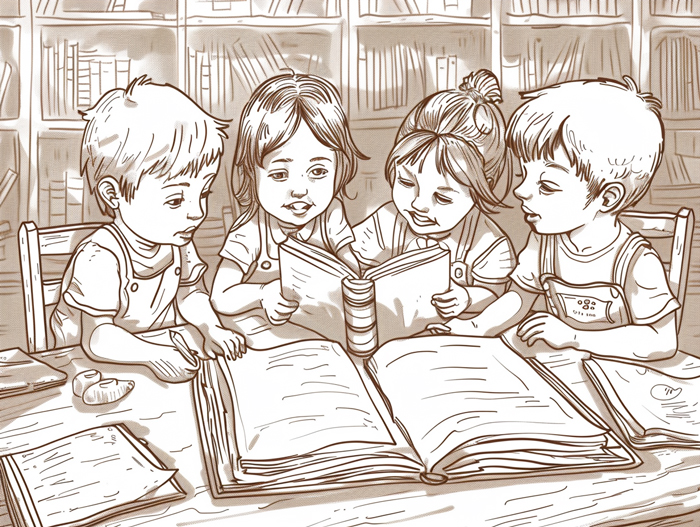
Positive Adjectives for Story with 12 Example Sentences
When I want to create a sense of joy, happiness, or excitement in my story, I rely on positive adjectives. These words can bring warmth and enthusiasm to the narrative. Here are twelve examples of positive adjectives and how they can be used in a story:
| Adjective | Example Sentence |
|---|---|
| Enchanting | The enchanting sunset painted the sky in shades of pink and orange. |
| Courageous | The courageous knight faced the dragon with a fearless heart. |
| Whimsical | The whimsical melody of the music carried me away to a magical world. |
| Delightful | The delightful aroma of fresh-baked cookies filled the kitchen. |
| Lively | The lively market buzzed with the sounds of vendors and shoppers. |
| Radiant | Her radiant smile lit up the room, spreading joy to everyone. |
| Breathtaking | They stood on the edge of the breathtaking cliff, admiring the stunning view below. |
| Charming | The charming cottage nestled in the woods was a perfect retreat. |
| Playful | The playful puppy tugged at his owner’s shoelaces, eager for attention. |
| Blissful | They found themselves in a blissful state of peace and serenity on the tranquil beach. |
| Glorious | The glorious garden bloomed with a riot of colors, as if celebrating nature’s beauty. |
| Inspiring | The inspiring story of the young artist left everyone feeling motivated and uplifted. |
Negative Adjectives for Story with 5 Example Sentences
Of course, storytelling isn’t always about happiness and positivity. Negative adjectives add depth and tension to the narrative. They can evoke fear, sadness, or anger in the reader. Here are five examples of negative adjectives and how they can be used in a story:
| Adjective | Example Sentence |
|---|---|
| Sinister | The sinister figure lurked in the shadows, sending shivers down my spine. |
| Devastating | The news of his sudden passing was devastating, leaving everyone in disbelief. |
| Dreary | The dreary weather matched her somber mood as she walked through the empty streets. |
| Menacing | The menacing storm clouds approached, casting an ominous shadow over the town. |
| Heartbreaking | The heartbreaking scene of abandoned animals brought tears to my eyes. |
By incorporating adjectives into storytelling, I can create a rich and vivid experience for the reader. Whether it’s using positive adjectives to convey joy and excitement or negative adjectives to add tension and drama, these descriptive words enhance the storytelling experience. So, the next time you’re penning a story, remember the power of adjectives in bringing your narrative to life.
Synonyms and Antonyms with Example Sentences
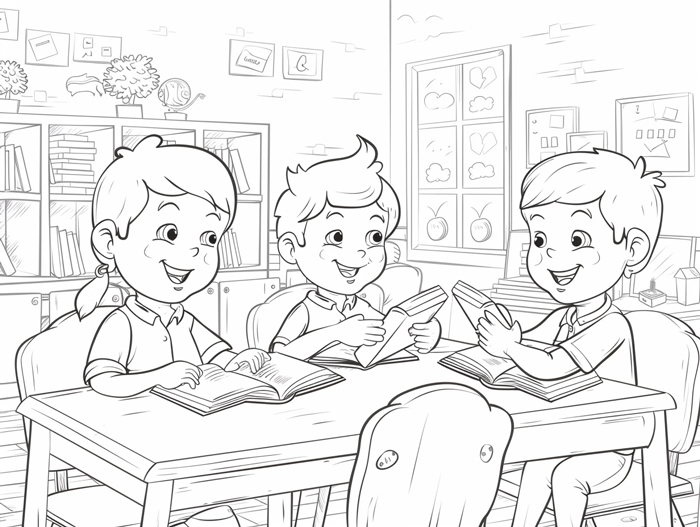
Synonyms for story
When it comes to telling a story, it’s important to have a varied vocabulary to keep readers engaged. Using synonyms for the word “story” can help add depth and interest to your narrative. Here are some examples of synonyms that you can use:
- Tale: She spun a captivating tale of adventure and courage.
- Narrative: The author weaved a complex narrative filled with twists and turns.
- Account: He shared an account of his journey that left everyone in awe.
- Fable: The famous writer’s latest book was a modern fable that taught valuable lessons.
- Chronicle: The ancient chronicle recounted the events of a long-forgotten era.
Using these synonyms in place of the word “story” can add variety and richness to your writing, making it more engaging for your readers.
Antonyms for story
In addition to using synonyms, incorporating antonyms for the word “story” can also help make your writing more interesting. Antonyms provide contrast and give the reader a different perspective. Here are a few antonyms for the word “story” and example sentences to show how they can be used:
- Fact: Unlike a story, which can be fictional, a fact is something that is known to be true.
- Reality: While a story can transport us into a fictional world, reality refers to what actually happens in the real world.
- Truth: A story may be an imaginative creation, but the truth is based on facts and evidence.
- History: A story can be a work of fiction, but history tells the tale of real events that have occurred in the past.
By incorporating these antonyms into your writing, you can create a contrast that adds depth and complexity to your storytelling.
Conclusion
Using descriptive adjectives in storytelling is essential for creating engaging and captivating narratives. Throughout this article, we have explored various synonyms and antonyms for the word “story” that can be incorporated into writing to add depth and interest.
By utilizing synonyms such as “tale,” “narrative,” “account,” “fable,” and “chronicle,” writers can introduce variety and richness to their storytelling. These descriptive adjectives help paint a vivid picture in the reader’s mind, making the narrative more immersive and captivating.
On the other hand, antonyms such as “fact,” “reality,” “truth,” and “history” provide contrast and a different perspective. By incorporating these antonyms strategically, writers can introduce tension and complexity to their stories, challenging the reader’s assumptions and keeping them engaged.
Incorporating these descriptive adjectives into storytelling allows writers to create narratives that are both engaging and complex. By using a range of synonyms and antonyms, writers can bring their stories to life, capturing the readers’ attention and leaving a lasting impact. So, the next time you embark on a storytelling journey, don’t forget to harness the power of descriptive adjectives to elevate your narrative to new heights.

